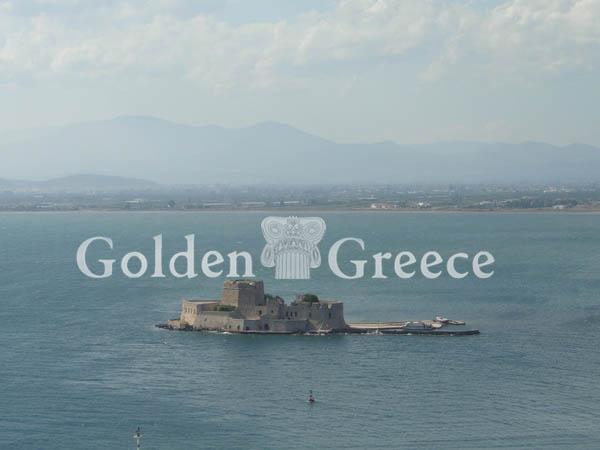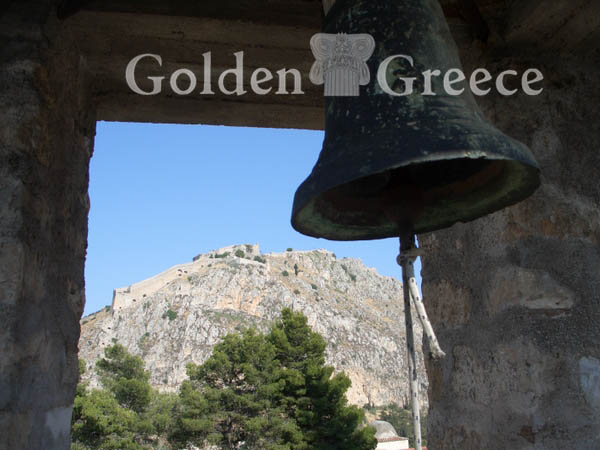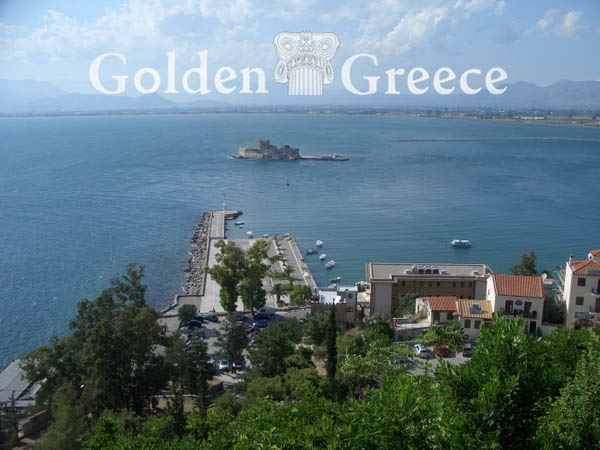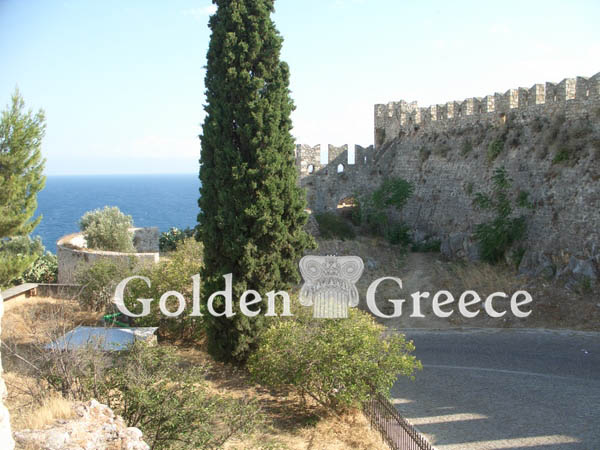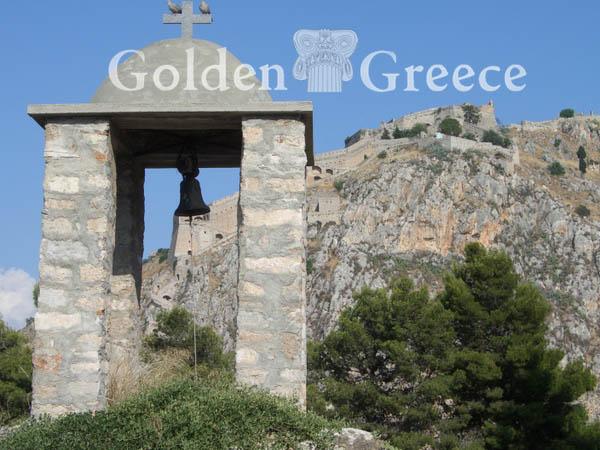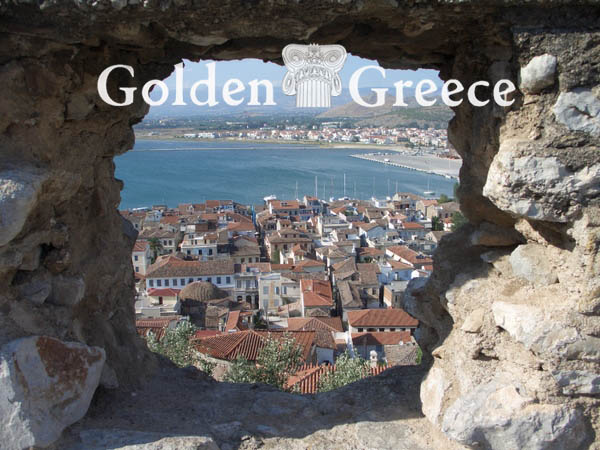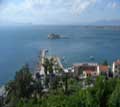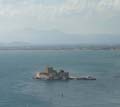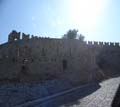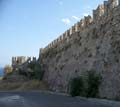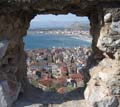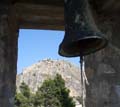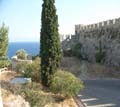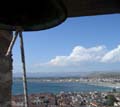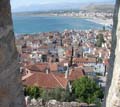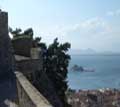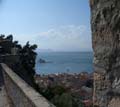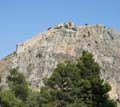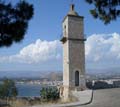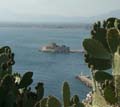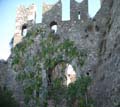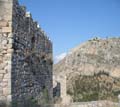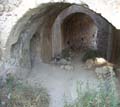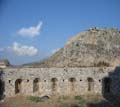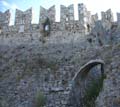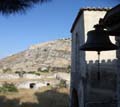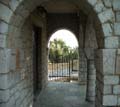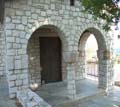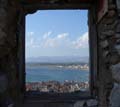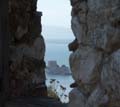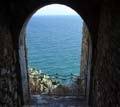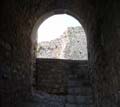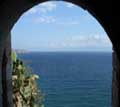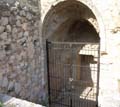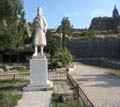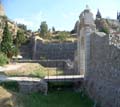
Akronafplia, the oldest castle of Nafplion, is built on the site occupied by a pre-Venetian city. In the old days it was used as an internal fortress (Its-Kale). Later the buildings became hospitals, then prisons, while today there is a hotel complex in this place. The rocky peninsula of Akronaflia was the walled settlement of Nafplion from antiquity until the end of the 15th century. The current form of the castle, although quite altered by modern interventions, crystallized mainly during the Frankish and First Venetian periods, from the 13th to the 16th century. In Akronafplia, the existence of a prehistoric settlement was identified, while in the western part of the acropolis, parts of its ancient polygonal walls dating from around the end of the 4th century BC are preserved. Remains of walls are preserved from both the Hellenistic and Byzantine periods.
In 1210-1212, when the Franks occupied the city, they divided the area into two precincts, called castles. Approximately in the middle of the peninsula was the so-called Frankish castle, which was intended for the residence of the Frankish lords and was the administrative and military center of the city, while the Roman castle, in the western part of the peninsula and at a higher level, was intended for the Greeks. The Franks built a wall between the two castles and a square tower in the middle of the hill, to control communication between the two castles. On the eastern wall of the Frankish castle there was a gate protected by two round towers and a triangular bastion. The gate was decorated with interesting frescoes and became known as the "Gate of Peace". During the First Venetian occupation (from 1470), the Venetians, under the threat of Turkish raids, repaired and expanded the fortifications of Akronafplia, under the supervision of the important engineer of the time Antonio Gambelo, when the city was commanded by Vetore Pasqualigo.
One of their first and most important projects was the strengthening of the fortifications of Akronaflia by adding a new enclosure, the so-called Castle of the Torons, at a lower level, to the east of the Castle of the Franks. Its name probably comes from the Italian word torrione which means the big tower in a fortress wall.
Another project of the time is the so-called Gambello traverse, which aimed to strengthen the Frankish castle, with the creation of a second transverse wall between the Frankish and the Roman Castle. The gate between the two castles was reinforced with a polygonal rampart and a semi-circular wall with battlements. During the Turkish occupation, small repairs and additions were made. In 1686, the Venetians forbade by decree the residence in Akronaflia Castle, which was now reserved only for soldiers. In 1829, Ioannis Kapodistrias built a large Barracks and Military Hospital. In 1926, Stratonas housed the city's Prisons. In 1937, Akronafplia Prisons became political, which operated there until about 1960. In 1970-71, the Prisons and the Hospital were demolished to build the "Xenia Pallas" hotel. Today one can visit the Castle of Akronaflia either by going uphill east of Staikopoulos Park and from Arvanitia Square, or from the steps of the Catholic Church and the gate of the Castle of Toro.
Editor: Niki Kalopaidis
